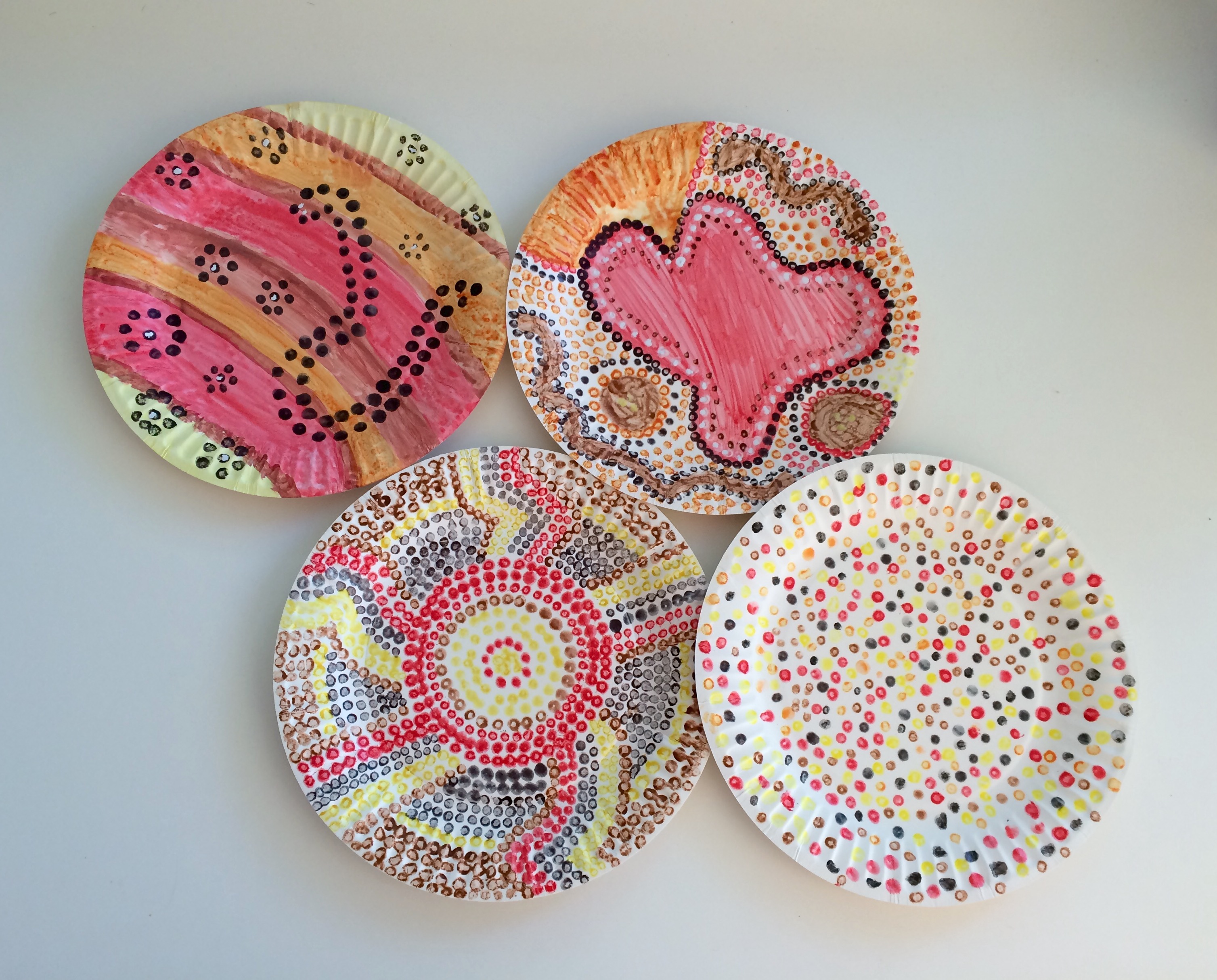How to Make Use of Paint on Wood for Crafts

Different Painting Methods for Wood


There are a variety of ways to paint wood using paint. One method that is most well-known is using brushes to paint the wood. While you can employ sponges or foam brushes to create special effects This article will be focused on the most commonly used techniques that provide even coverage. If your project has many small holes or grooves. This method will not be effective. Make sure you cover them first before applying craft paints to more complex surfaces such as flat surfaces or circular shapes.
Before beginning any DIY project It is essential to carefully read the instructions and any warnings. To ensure that you don't inhale fumes, ensure you are wearing the appropriate equipment for your job. Also, be certain to wear gloves as well as a mask specifically made for painting.
Instead of spraying paint directly on the wood, you can use a foam brush to apply it. This method is most effective if you're not covering small areas. To keep your paintbrush flowing smoothly, you will require an additional container with water. Otherwise, depending upon the type of paint, the bristles might dry out and absorb the paint.
If your project is large enough to allow you to paint it by hand, spray paint is also an option. Be cautious, as overspray can damage nearby surfaces. This method is best used outdoors. If Paint for art working inside, make sure there is sufficient ventilation. If you don't, wait until the night time after everyone is gone to bed so that any excess fumes aren't getting into the air of those who are awake!

How to Clean Up Wood Paint
After you've finished painting, clean up everything. It is possible to make use of mineral spirits or water for removing any excess paint left on surfaces where it shouldn't be so they won't be damaged by constantly rubbing against them while trying to wipe off of anything else that's been covered with paint. Both of these methods can be dangerous to ignite, so ensure to keep them in a ventilated container. It is essential to adhere to safety guidelines when cleaning objects for DIY projects. There is a chance of accidents when you do not.
How does woodpaint work?
Wood paint comes in many forms. One canister will include an primer. This primer is perfect for wood surfaces with high moisture content. If water seeps into the project, you'll see the remnants along any edges.
The other type doesn't come with a primer. Instead of sitting on top of the surface, it absorbs. This makes them great to cover fiberglass, metals and other materials. For your safety, always read the instructions and warnings prior to applying any of these kinds.
How do I know how much paint I will require?
While this is contingent on the dimensions of your project It's recommended to determine how much paint you'll need prior to starting so that there aren't shortages mid-way through.. A good method is to multiply the width and length (in feet) together multiple times depending on if one might want additional paint for touch-ups later; then add .25 gallon to calculate the total amount of quarts required! If a piece measures 20 inches x 25 inches, it will require 160 + 25 = 25 = 185. Since most people will finish the job halfway (185x) it's a good illustration. To ensure safety, it's a good idea to always round up measurements taken in the home.
How can Learn More tell which wood paint is the best?
It will be based on the kind of project you're working with and what kind of wood it's constructed from (i.e., oak, pine.). Acrylic-based paints can be applied for any surface made of wood. Oil-based products are best for outdoor applications because they are more resistant to weathering/heat. Be aware that the paint you see in the hardware store in your area might not be the right product for you. It's possible to find a better alternative that's more suitable for your needs by asking someone at the counter or conducting some study.
